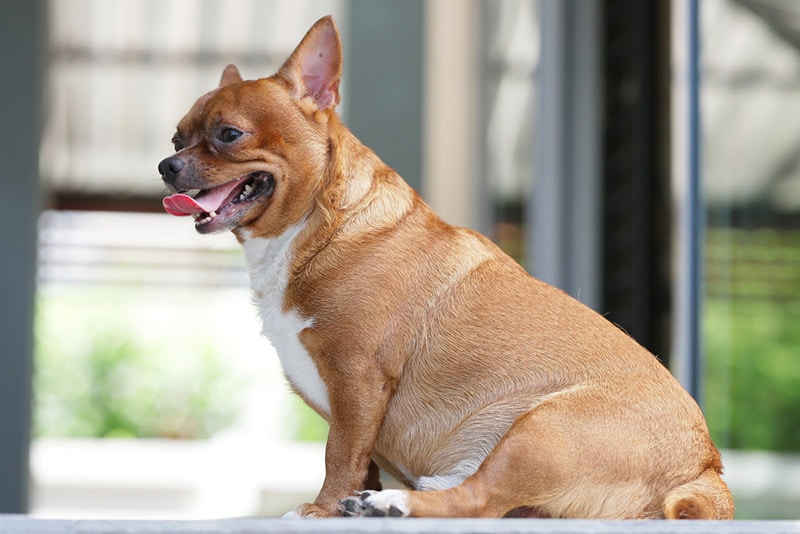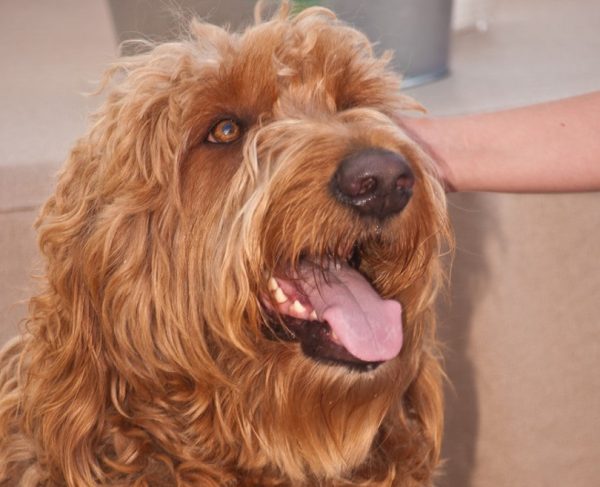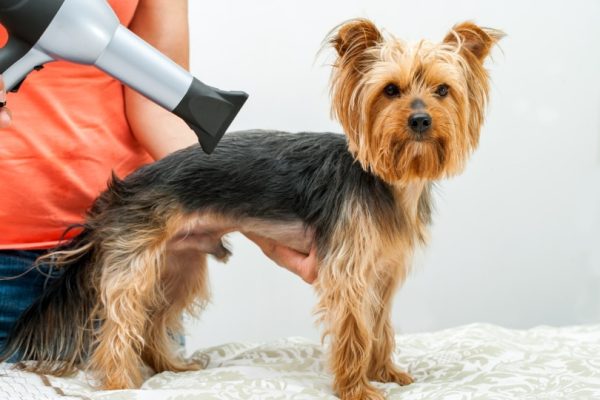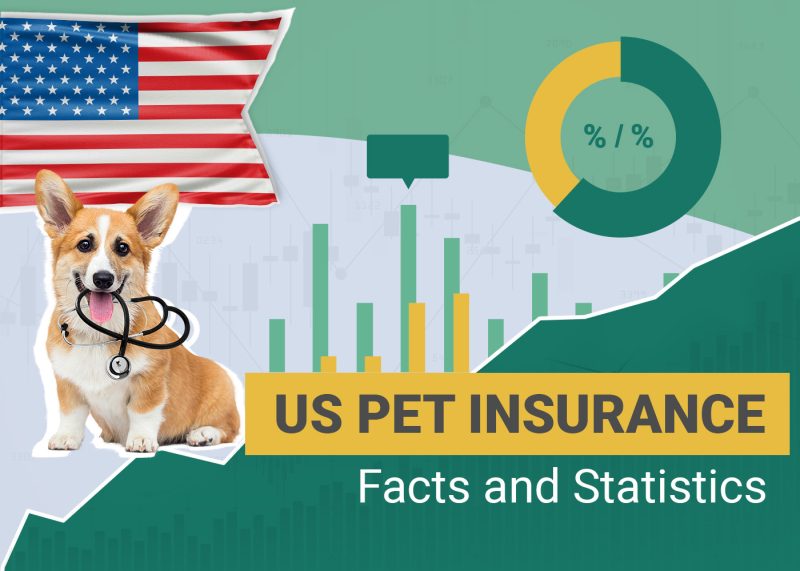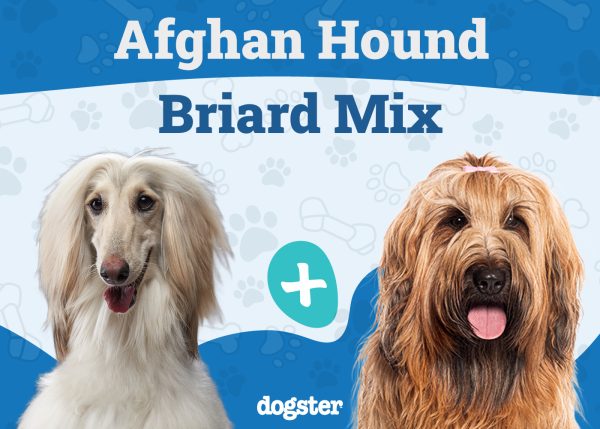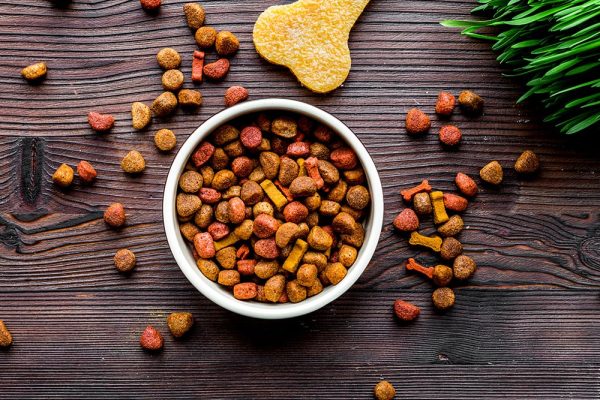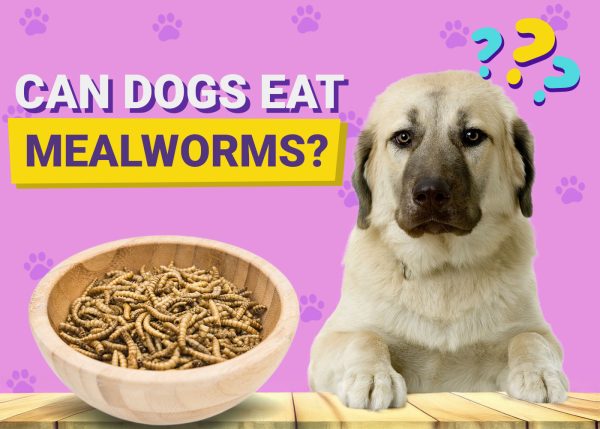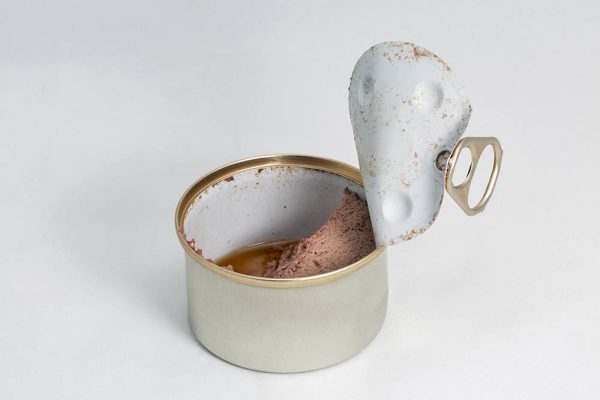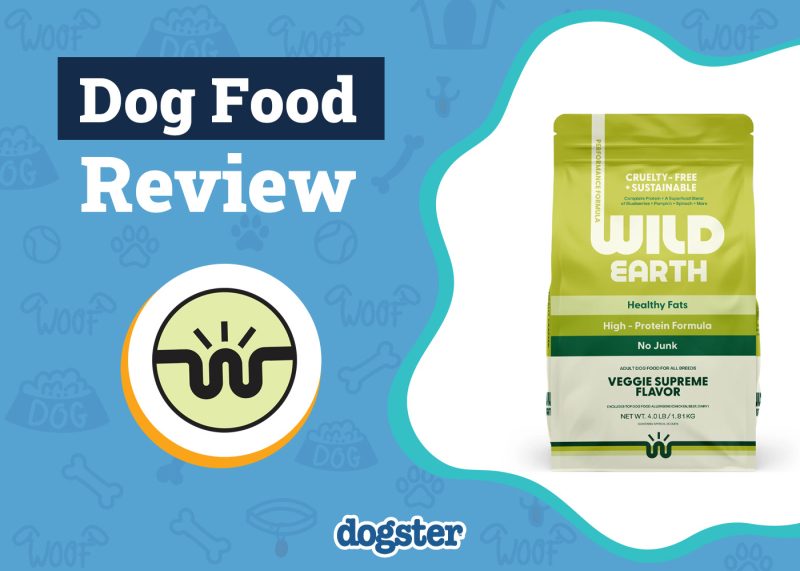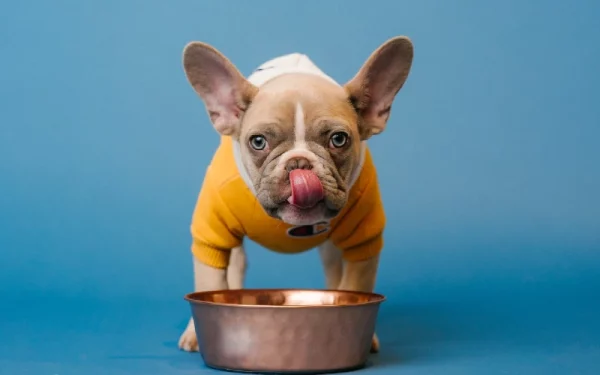In this article
An estimated 56% of dogs in the United States are overweight or obese. Just like in humans, obesity can cause health problems in dogs, including heart problems, arthritis, and diabetes, and can significantly reduce lifespan.
Part of the reason that so many dogs are overweight is because the condition is underrecognized. The average pet owner doesn’t know what the ideal weight and shape is for a dog, often thinking that healthy dogs are too thin. But knowing the difference and managing your dog’s weight is key to a long and healthy life.
Here’s how to put a dog on a diet to reach and maintain the ideal weight.

The 10 Weight Loss & Management Tips
1. Don’t Feed “Free-Choice”
Dogs can become overweight from getting generous portions of regular dog food. Most dogs, especially food-motivated breeds, will eat everything in front of them—even if they’re not hungry. Feeding free-choice (dog food available at all times) is a recipe for obesity.
Start a schedule for your dog that works for you, such as breakfast in the morning and dinner in the evening. You may need to feed a few smaller meals to keep your dog from being hungry. Give your dog 15 minutes to eat, then take the food away. They may not eat it all at once because they’re used to having it out, but they’ll learn to eat what’s available.
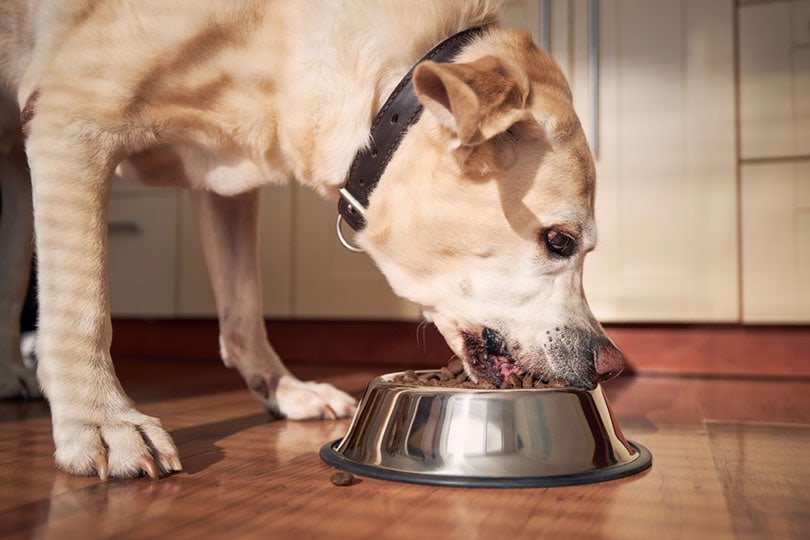
2. Reduce Portion Size
If you estimate your dog’s portion size, the excess calories could be the reason your dog is overweight. It’s easy to overfeed without realizing it, and most dogs are happy to indulge!
Check your dog’s recommended portion size on the dog food label. While these are just guidelines, you can get an idea of what your dog should be eating. Use an actual measuring cup to portion out the amount you usually feed and the amount you should be feeding. If there’s a big difference, cut down a little bit each day until you get to the appropriate portion size.
Extreme, rapid weight loss is unhealthy for a dog. If your dog is obese, speak to a vet about reducing portion sizes gradually to make sure you’re going at a pace that’s appropriate and safe for your dog.
3. Cut Out the Extra Calories
Your dog may be getting a surprising number of calories from treats or table scraps, especially if you’re feeding fatty foods like steak pieces or hamburgers. Cut out the table food completely and stick to only commercial dog treats.
You can feed lean treats to avoid excess calories or keep the portions small. Training treats are low-calorie and designed to be enticing to your dog without adding a lot of calories during training sessions. Another option is to break up treats into smaller pieces. Your dog won’t know the difference, but their waistline will.
Let us help you with our calculator tool so that you can give your dog the best treatment possible:
The exact amount of calories an individual animal needs to maintain a healthy weight is variable and influenced by many factors including genetics, age, breed, and activity level. This tool is meant to be used only as a guideline for healthy individuals and does not substitute veterinary advice
4. Keep the Dining Table Off-Limits
Sharing food with your dog can be a bonding experience. Plus, it’s hard to resist that begging face! But you’re not doing your dog any favors by giving in and feeding table scraps. Aside from the issue of obesity, you could give your dog scraps that cause digestive upset or serious issues like toxicity or pancreatitis.
Train your dog that the dining table is an off-limits area while you’re eating to avoid feeding table food and your dog getting food accidentally dropped on the floor.
5. Get More Exercise
Exercise is a big part of maintaining a healthy weight. Even short play sessions and brisk walks can help your dog burn some calories and shed some weight but be careful not to overdo it. Check with your vet to be sure that your dog is healthy enough for the exercise you are planning.
Pay attention to your dog’s energy levels and breathing to make sure that they’re not overheating or overexerting themselves. You can build up to a better fitness level over time (and with a lower risk of injury).
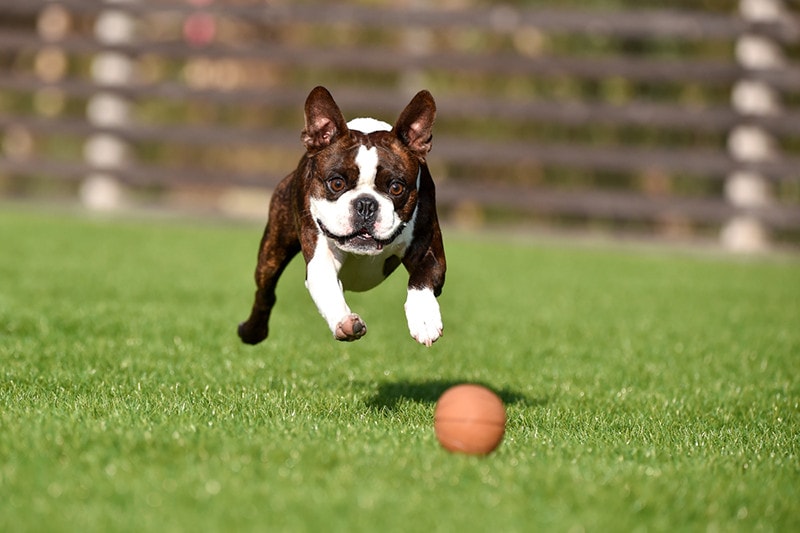
6. Consider Weight-Control Foods
Dog food is available in both non-prescription and prescription weight-control formulas to help obese dogs. Some weight-control formulas have higher protein or fiber to help your dog feel fuller longer, but they can cause hunger in between meals or digestive upset.
It’s best to speak to a vet about your food options. You may simply need to cut back your dog’s portions of regular dog food rather than switching to a weight-loss food specifically.
7. Get a Slow Feeder Bowl
Slow feeder bowls make your dog work a little harder for their meals, rather than inhaling it quickly. You still have to monitor portions, but using a slow feeder tires your dog out physically and mentally, keeping them more satiated between meals.
If slow feeders don’t work for your dog, you can try lick mats, scatter feeding, puzzle toys, or other enrichment options for regular feeding to keep things interesting.
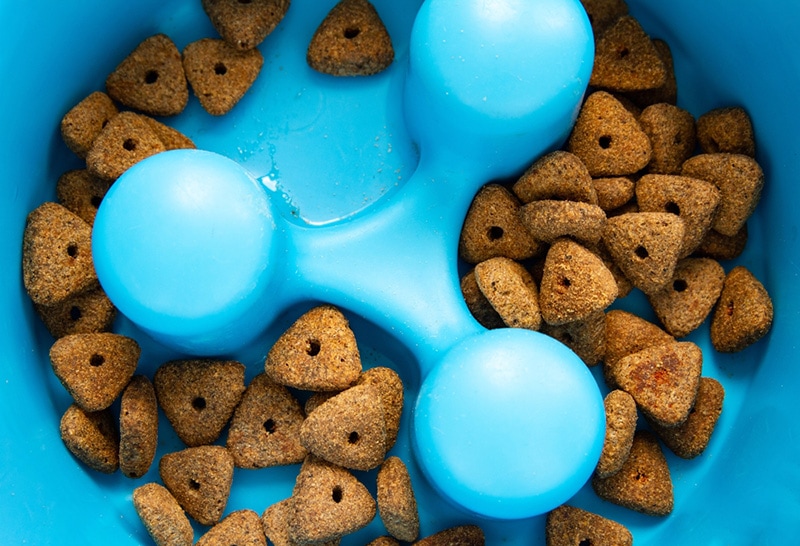
8. Monitor Your Dog’s Progress
You have to monitor your dog’s progress to see if your efforts are working. Dogs can lose about 3–5% of their body weight each month in a healthy manner, so make it a habit to check your dog’s weight about each month until you’ve reached an ideal weight.
If you’re not making progress, you may need to modify the program. Consider if you’re still feeding generous portions, too many treats, or sharing table food every so often, then make adjustments.
9. Get the Whole Family on Board
Proper portions, slow feeders, exercise, and scheduled feedings only go so far if the rest of the family is giving your dog a lot of treats or table food. Before you embark on a weight loss journey with your dog, make sure the entire family understands the goal and how to help.
Feeding dogs as a way of showing love is heavily ingrained into some people.. Stress the importance of a healthy weight for your dog’s well-being and longevity. Kids are also common culprits for giving dogs extra foods (including foods that may be dangerous!). Teach children the appropriate treats that they can give to the dog and supervise interactions as much as possible.
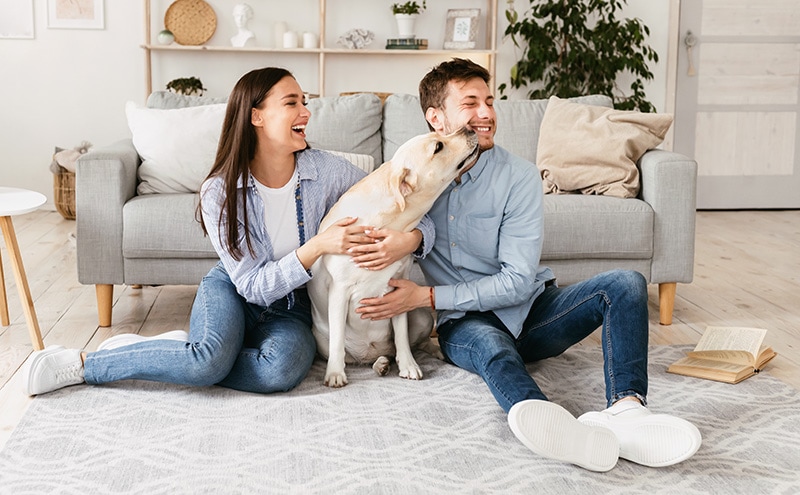
10. Consult With a Vet
Putting your dog on a diet isn’t always as simple as cutting back on food and treats. Your dog could have an underlying medical condition that’s making them gain weight, such as hypothyroidism or Cushing’s disease. If that’s the case, no amount of weight-management efforts will pan out.
Talk to a vet about your dog’s weight and develop a weight loss program. Check on their progress periodically. If you’re not seeing progress—and you know your dog isn’t getting extra calories anywhere—talk to your vet about the options.
If you need to speak with a vet but can't get to one, head over to PangoVet. It's an online service where you can talk to a vet online and get the personalized advice you need for your pet — all at an affordable price!


Frequently Asked Questions (FAQ)
Still have questions? Find out more about putting your dog on a diet.
Why Is a Healthy Weight Important for My Dog?
When you hear your dog is five or 10 pounds overweight, it may not sound like much. After all, a person being 10 pounds overweight isn’t a big deal. But remember that five or 10 pounds is a much higher percentage of most dogs’ weight than the average human. For a small or medium dog, that could be more like 30, 40, or 50 pounds overweight.
This isn’t an aesthetic issue. Dogs that are overweight or obese are far more likely to develop a health condition related to their weight, including diabetes, heart disease, arthritis, high blood pressure, and even certain forms of cancer.
Excess weight also puts pressure and stress on joints, which is even worse in dogs that are prone to joint problems and arthritis to begin with. And all that extra fat can make it more challenging to identify tumors, growths, and other anomalies that can indicate a health problem early.
Finally, overweight and obese dogs tend to live shorter lives than their healthier counterparts.
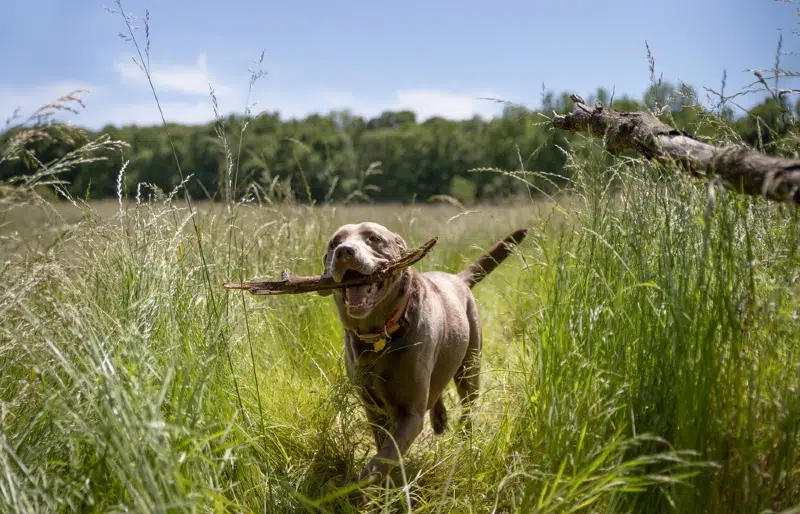
How Can I Tell If My Dog Is Overweight?
Before you try to put your dog on a diet, you have to know if they’re truly overweight in the first place. In all likelihood, a vet already brought this up to you, but you can check your dog’s weight on your own.
Generally, a dog at the ideal weight should have:
- A spine and ribs that you can feel easily, but they shouldn’t be visible and prominent
- A tight abdominal tuck when viewed from the side
- A defined waist in between the last ribs and the dog’s hips, when viewed from above
The ideal weight can vary between breeds and individuals, however. Some breeds, such as Weimaraners and Greyhounds, are naturally lean and may look healthy when they’re overweight. Stockier breeds, such as English Bulldogs and Rottweilers, may not have as prominent of an abdominal tuck or waist. That’s why it’s important to discuss your dog’s weight with a vet and get a recommendation.
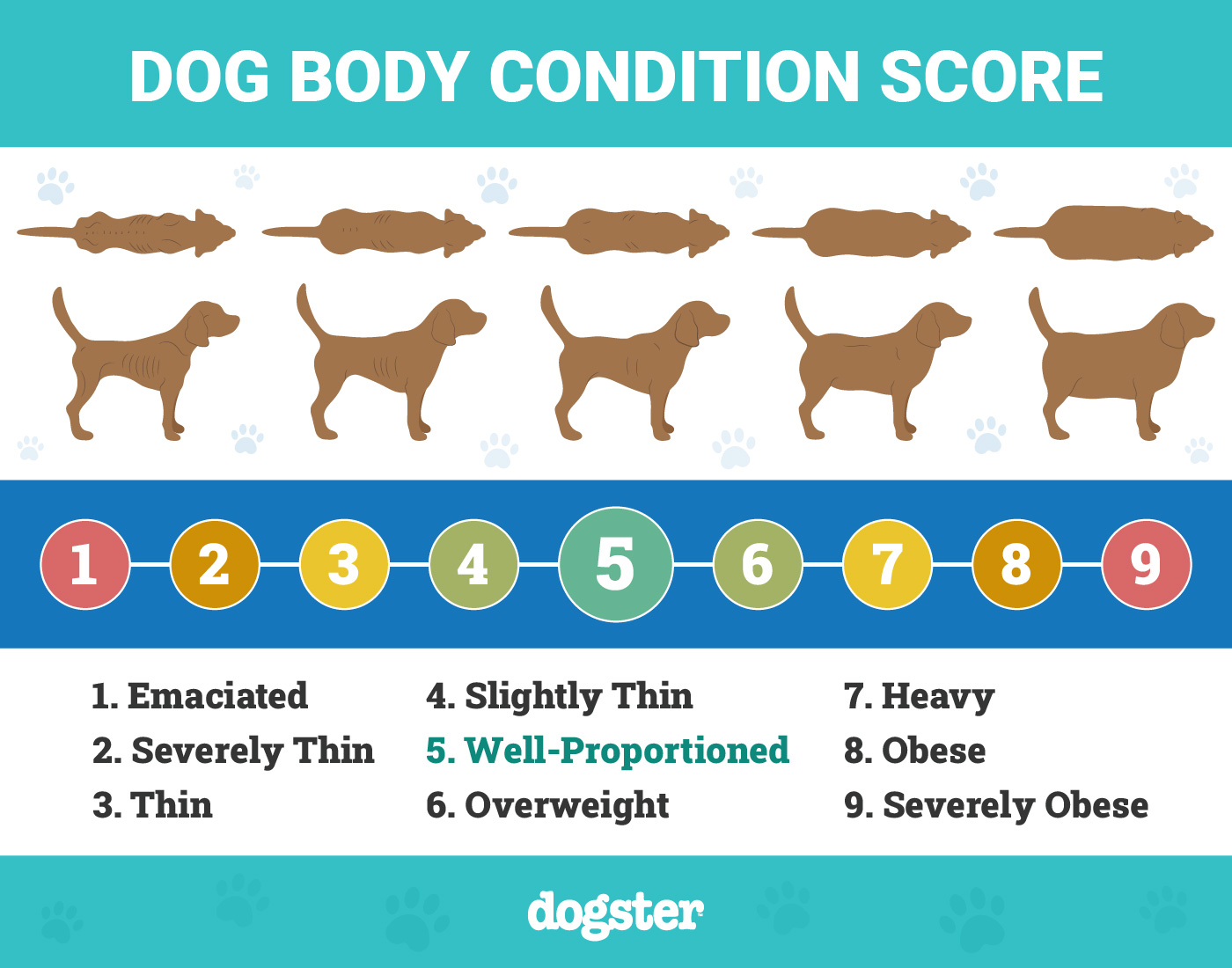
What If My Dog Is Begging and Hungry?
Dogs know where their food comes from. Getting food is part of the earliest relationships between dogs and humans some 30,000 years ago. Do work, get treats.
Modern dogs are a little more spoiled. Begging and giving wide puppy-dog eyes are often enough to get a treat, and that’s hard to resist. When you put your dog on a diet though, you have to steel your resolve and commit to resisting your dog’s charms.
When your dog begs, flip the script and start giving praise or playing instead. You’re still giving your dog attention, but calorie-free. In fact, doing so may even give your dog something else to focus on besides food.
Remember, your dog doesn’t understand why a diet is necessary, but you do. You have to be your dog’s advocate, even if that means not giving in to the cuteness.
What Should I Do If I Have Multiple Dogs, But Only One on a Diet?
Putting one dog on a diet in a multi-dog household can be challenging. Feeding the dogs separately is a good way to manage your dog’s caloric intake—and avoid fights over food. This is especially important if you’re putting your dog on a special weight-control diet that your other dogs don’t eat.
You should avoid free-choice feeding with multiple dogs. You can’t control who eats what, especially if you’re not home. With scheduled feedings instead of free choice, all your dogs will have 15 minutes to eat, which makes it easier to manage multiple dogs on different diets.

Conclusion
Dogs that are overweight or obese are at an increased risk of health problems like certain types of cancers and joint injuries. Putting your dog on a diet takes some discipline and consistency, but your dog is counting on you to make decisions that prioritize their health and longevity—even if they don’t like missing out on steak dinner or a never-ending food bowl.
Featured Image Credit: taro911 Photographer, Shutterstock
